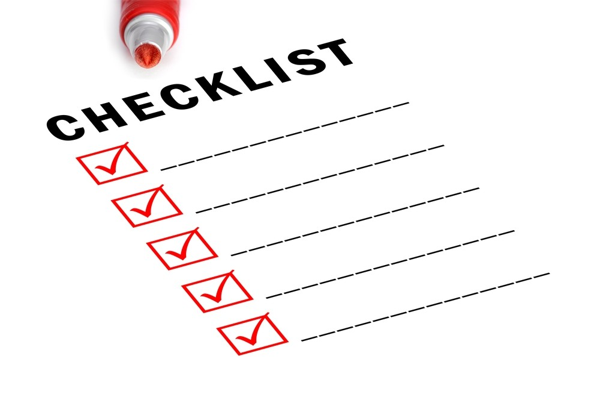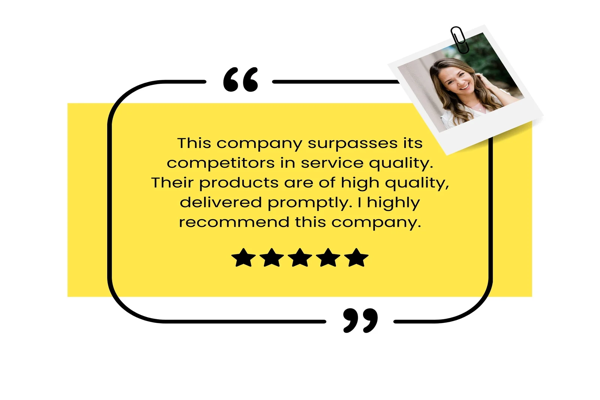Choosing a reliable Slipper manufacturer is critical to the stability of your supply chain and the quality of your product. With so many options and varying levels of reliability, how do you make the right choice? As a procurement and supply chain management expert, I’ve broken it down into five specific steps to help you confidently identify reliable suppliers. Let’s go.
Step 1: Define Your Key Requirements
How to Do It
- Product Quality: Specify the materials (e.g., EVA, PU leather) and make sure they meet your durability, comfort, and design requirements.
- Delivery Capacity: How many do you need (e.g., 10,000 pairs per month)? What’s the longest it can take to get them to you (e.g., <30 days)?
- Pricing: What’s your target price range (e.g., $X-$Y per pair)?
- Certifications: Look for certifications like ISO 9001 or compliance with sustainable materials.
Download Now:
Supplier Requirements Checklist Template

Step 2: Conduct a Preliminary Screening
How to Do It
When searching on B2B platforms like Alibaba or Global Sources, use the following filters:
| Criteria | Filter or Parameter |
|---|---|
| Ratings | Look for suppliers with 4.5 stars or higher. |
| Certifications | Filter for suppliers who are ISO certified or have certifications for sustainable products. |
| Minimum Order Quantity | Match your desired MOQs with what the suppliers offer. |
| Trade Assurance | Look for suppliers who offer payment protection or trade assurance. |
| Response Time | Look for suppliers who respond to inquiries in less than 24 hours. |
| Delivery Record | Look for suppliers with a history of delivering on time. |
Pro Tip
Do a virtual factory tour or ask for a live video call to make sure they’re a real supplier before you go any further.

Step 3: Validate Product Quality Through Sampling
Detailed How-To: 10 Key Testing Steps
| Step | How to Test |
|---|---|
| 1. Material Inspection | Verify materials (e.g., EVA foam, PU leather) against specifications. |
| 2. Size Accuracy | Use a ruler or caliper to confirm slipper dimensions match specification sheets. |
| 3. Weight Consistency | Weigh multiple samples to ensure uniformity across all products. |
| 4. Durability Test | Bend the slipper 50 times to test for cracking, tearing, or deformation. |
| 5. Stitching Quality | Check that stitches are even, tight, and free of loose threads. |
| 6. Adhesive Strength | Apply pressure to glued seams or joints to confirm they hold securely. |
| 7. Non-Slip Performance | Place the sole on various surfaces (wet and dry) and assess traction. |
| 8. Color Consistency | Compare the color across samples to ensure it matches the specification and is consistent. |
| 9. Odor Test | Smell the slipper to detect any unpleasant or strong chemical odors. |
| 10. Packaging Standards | Assess the quality and design of packaging to ensure it protects the product during shipping. |

Step 4: Assess Delivery and Operational Capacity
How to Do It
- Historical Data: Ask for records of their past orders. Look for large volumes and on-time delivery.
- Logistics Network: Find out how they ship and who they use. Make sure they’re cost-effective and timely.
- Flexibility: Ask them how they handle rush orders or changes in demand.
Pro Tip
Suppliers with testimonials and case studies from clients that talk about their on-time delivery are more reliable. Don’t be afraid to ask for references.

Step 5: Place a Trial Order and Formalize Contracts
How to Do It
- Trial Order: Start with a smaller order, like 500 pairs of slippers, to test:
- How quickly they deliver.
- The quality of the product compared to the sample.
- How they handle issues during the process.
- Key Contract Terms:
- Quality Standards: Define what’s an acceptable defect rate (e.g., <1%).
- Delivery Deadlines: Give them the exact dates.
- Penalty Clauses: Include penalties for late deliveries or quality issues.
- Flexibility: Allow for changes in order size or delivery time.
Download Now:
Supplier Contract Template
If you want to learn more , you can read this article – 6 Key Factors to Consider When Choosing Slipper Suppliers

